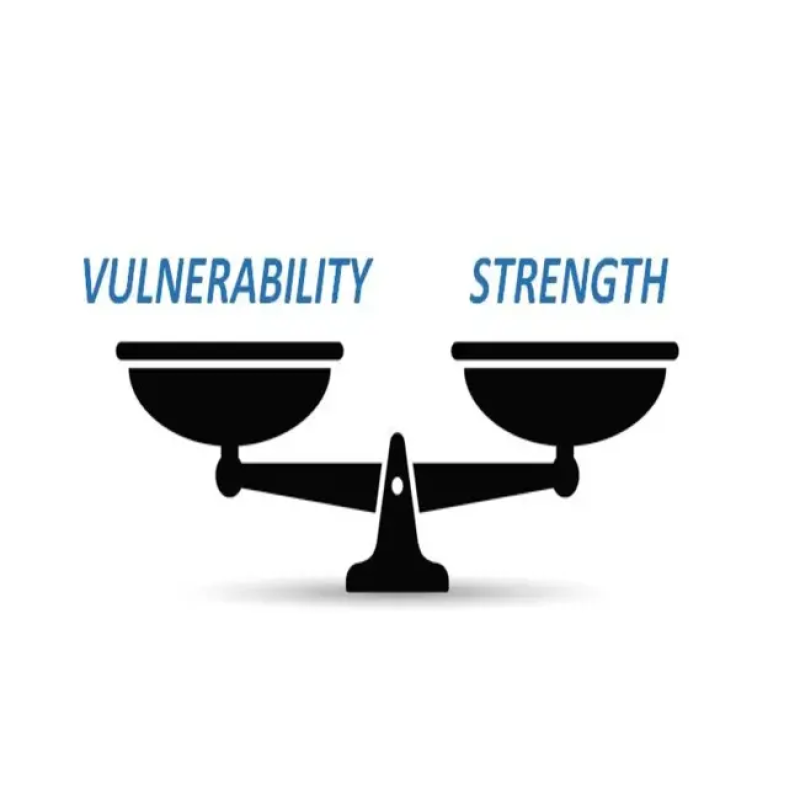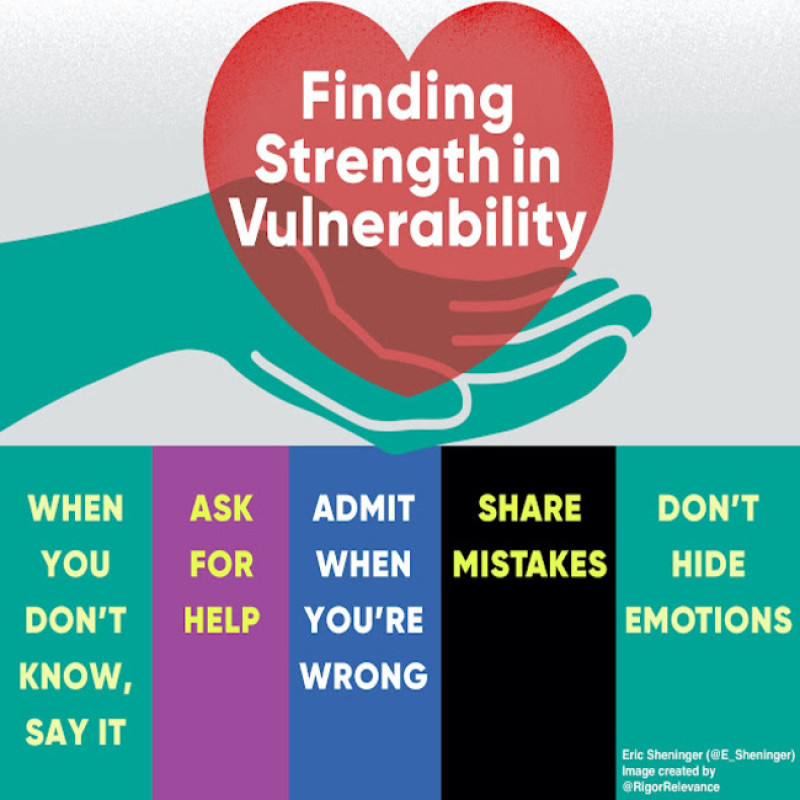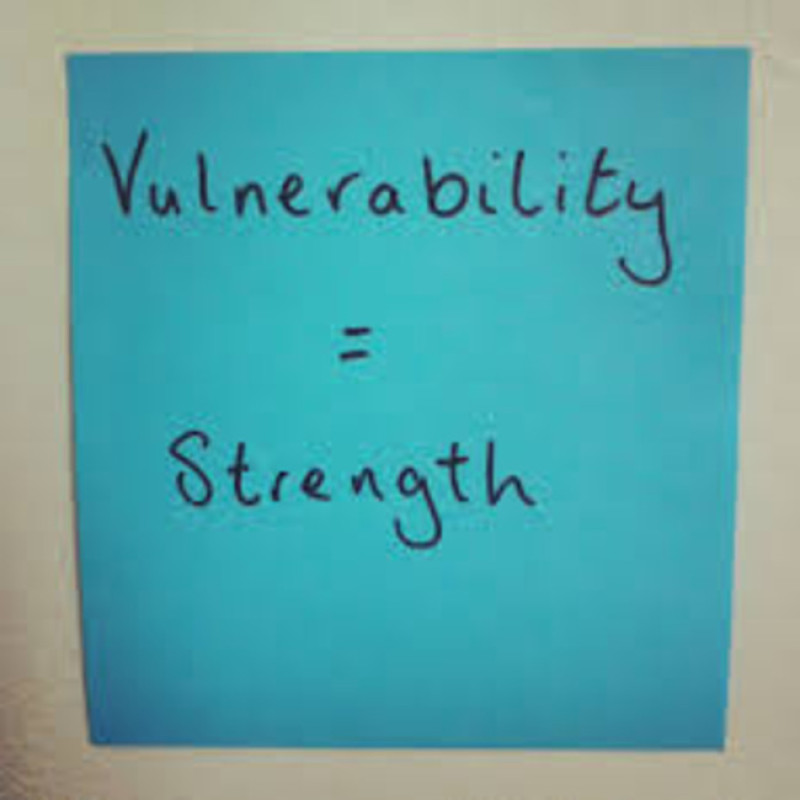Seen, not exposed: Reframing vulnerability as strength
I’ve been working with a student in therapy for nearly two years now. With his consent, I’m sharing a part of this journey—without revealing any personal details—because it captures something quietly universal about how we relate to vulnerability.
This past week, I found myself standing at the edge of my own professional doubt. Our sessions had started to feel repetitive. He would talk about his week—its events, its irritations, its milestones—and then leave. We weren’t touching anything deeper, even though he was clearly craving some breakthrough. And yet, session after session, he critiqued the process. Counselling, in his mind, was supposed to offer answers. Strategies. Solutions. I tried to gently confront the pattern, sensing how difficult it was for him to truly emote. But this week, it became clear: unless we break that cycle together, we’ll only keep orbiting the same terrain, never quite entering the emotional landscape that actually needs tending.
Why share this at all? Because this resistance to vulnerability isn’t unique to him. It’s something I’ve witnessed in countless others, even those who've been in therapy for years. There’s this popular image of therapy as a place where people immediately open up. But that’s rarely the case. Most people come in carrying deep fears about what it means to be truly seen. They hesitate. They redirect. They protect the parts of themselves that feel fragile, even as they yearn for someone to notice those very parts.
I see this all the time—in clients who talk about family dysfunction, self-doubt, or a crumbling sense of self-worth. Often, their outward confidence contradicts their internal reality. And just when we’re about to touch something raw, they shift the subject, crack a joke, or intellectualise their pain. The moment of contact passes. The room goes quiet.
That’s what this student would do. Until one day, I gently said:
“You come here seeking a safe space, and yet it’s hard for you to talk about what you’re really feeling.”
He went silent. The words lingered in the air. And for the first time, this usually eloquent young man began to stutter. Something had shifted.
Therapy is paradoxical in that way. People come because they want to be witnessed, but when they are witnessed—especially in their pain—it can feel unbearable. In cultures like ours, where family struggles are expected to remain behind closed doors, speaking them aloud can feel like betrayal. Even when it’s the healthiest thing to do.
There’s also something deeper at play here: the illusion that by sharing our vulnerabilities, we’re giving our power away.
This belief is everywhere—whispered by social norms, echoed in arranged marriage conversations where parents advise their children to conceal the parts of their history that might seem “too much”. You’ll find this fear voiced plainly across Reddit threads and dinner tables alike: “If they know the truth, they won’t want me”. And maybe, worse still, they’ll use it against me.
It’s not just about shame. It’s about control. We’re taught to associate our value with strength, resilience, and the curated versions of ourselves. So when we expose the parts that are messy or unsure, it can feel like we’re losing something—our edge, our image, our authority. To sit in front of another human being and say, “This is where I feel small, scared, or broken” is to surrender some of that armor. It can be cathartic, yes. But it can also be deeply destabilising.
This student, ironically, is everything we’d call “woke.” Progressive. Passionate about mental health. And still, when it came to his own vulnerability, he hesitated. If it’s difficult for someone like him, imagine how much harder it must be for those raised to view therapy as weakness, or worse, as a sign of some fundamental flaw.
But here’s the heart of the work we do. Therapy is not about handing over solutions—it’s about creating a space expansive enough to hold the full spectrum of a person’s experience. Where no emotion is too shameful, no story too complicated. Where the grey, ugly, chaotic parts of ourselves are not seen as liabilities but as real, human truths.
And slowly, through that space, something changes. We stop fearing that our vulnerability is a threat to our power—and start realising it might be the very source of it. Because to be seen in your entirety and still be held, still be respected, still be met with presence—that’s what actually builds trust. That’s what makes healing possible.
So yes, people will take time. They will hesitate. They will test the safety of the space before they allow themselves to be fully known. But when they do, when that moment comes—it doesn’t weaken them. It brings them back to themselves.
And perhaps, that’s the most powerful thing of all.
Ms Meghna Joshi
(Psychodynamic School Counsellor)











